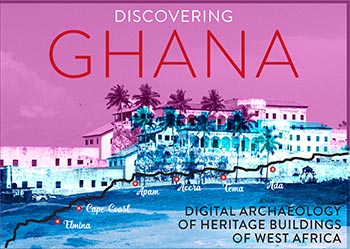
by Samantha Turley ’17
One of my favorite memories from our first week was when we explored historical sites on the coast in Accra. After a morning lecture by Professor Perucchio on the properties of mud and stone structures, we piled in the bus to drive south to Fort Ussher, one of many slave castles on the coast of Ghana.
The central office for the Ghanaian Bureau of Culture and Heritage Management is at Fort Ussher, as well as a museum on the slave trade.
The fort was massive, painted white but stained grey with age, and located on the edge of a bustling shopping district. The original Dutch fort had been destroyed except for a single portion of wall, but the British iteration of the fort as a prison still stands after 150 years.
We were able to walk into the cells and other, smaller buildings in the fort. The museum included a recreation of the hull of a slave ship as well as information about the transportation of slaves in Ghana and famous liberated slaves.
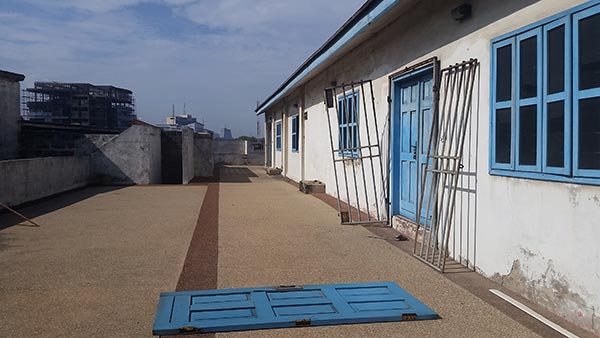
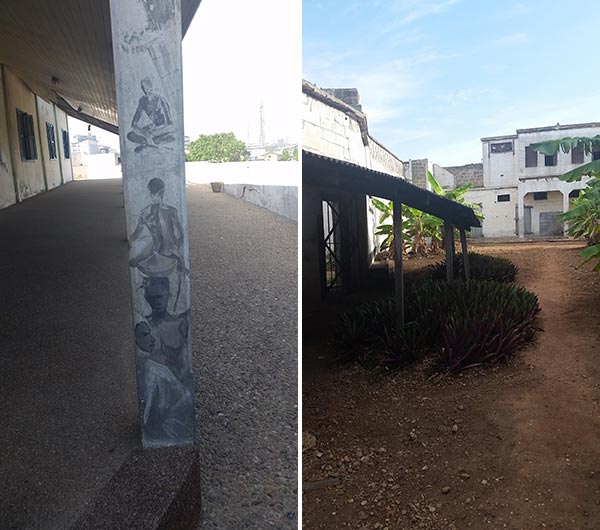
Adjacent to Fort Ussher is Jamestown, a suburb of Accra. This is where the Tabom people—freed Brazilian slaves—settled when they first arrived in Ghana in 1836. Since that time the Portuguese-speaking community has remained incredibly tight-knit.
A peer from the University of Ghana Archaeology Department, a Jamestown local, showed us around. First, we looked at the structural features—the arches, stairwells, walls, and roof supports—of an old European building used for trade. Professor Perucchio pointed out details such as the nooks in the arches where trusses were placed for support during construction.
We also got a chance to look inside the Brazil House, a two-story building painted a beautiful yellow color that was the first residence of the Tabom people when they landed in Accra. The locals in charge of the house were kind enough to show us some of their plans for renovating the museum inside and tell us about the festivals that the community holds.
We also went down the street to visit the Jamestown lighthouse, built in 1871 by the British, but reconstructed as a 28-meter modern lighthouse in the 1930s. For just a few cedi (Ghanaian currency) each we got to climb to the top of the lighthouse and see the fantastic view.
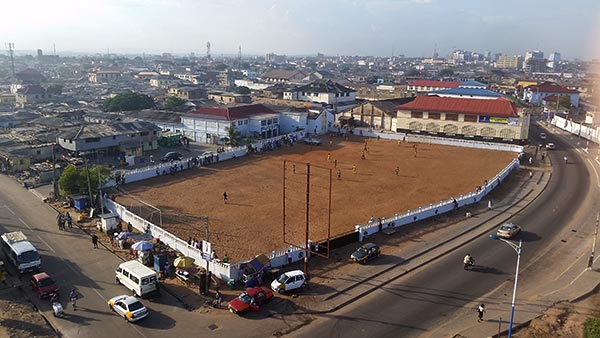
This afternoon was one of many occasions in which I was in awe of our bus driver, Dou. Ghanaian streets are enclosed by a gutter on each side that’s essentially a one-foot by four-foot chasm that can trap your tires. This is hard enough to navigate around without factoring in the many people selling things in the middle of the street or the car and motorbike traffic. Shout out to you, Dou!
During our program orientation, one of our advisors informed us that Ghanaians generally do not like having photos taken of them by foreigners, particularly if no permission is asked ahead of time. This is due to many issues, including instances where foreigners take “harmless” photos of people and places that they then sell without permission to businesses that make calendars, postcards, and such. Since we were around many young children and in close proximity to residential areas, I refrained from taking many photos during this field trip.
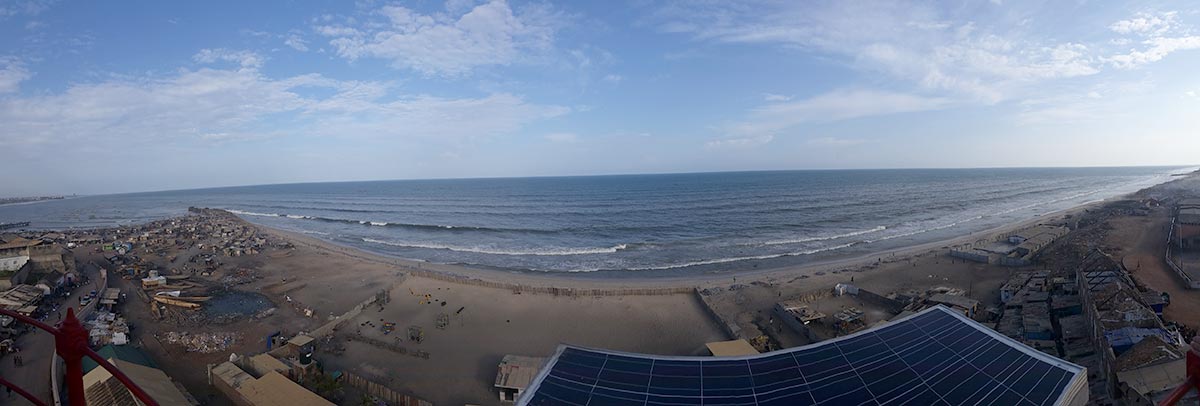
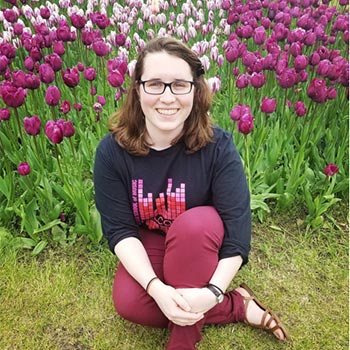
Samantha Turley is a senior pursuing a BM in Harp Performance at the Eastman School of Music and a BA in Archaeology, Technology, and Historical Structures in the College at the University of Rochester. Also a Take Five student in Urban Planning, Sam enjoys reading, hiking, playing music with her friends, and exploring new restaurants in the Rochester area.
Eight University of Rochester students are participating in a field school in Ghana this summer, studying historic coastal forts built as early as the 15th century. Led by Professors Renato Perucchio, Michael Jarvis, and Chris Muir and teaching assistant William Green, the students are studying the engineering, historical, and cultural aspects of these structures, visiting other points of interest in Ghana, and sharing their experiences in this blog.
